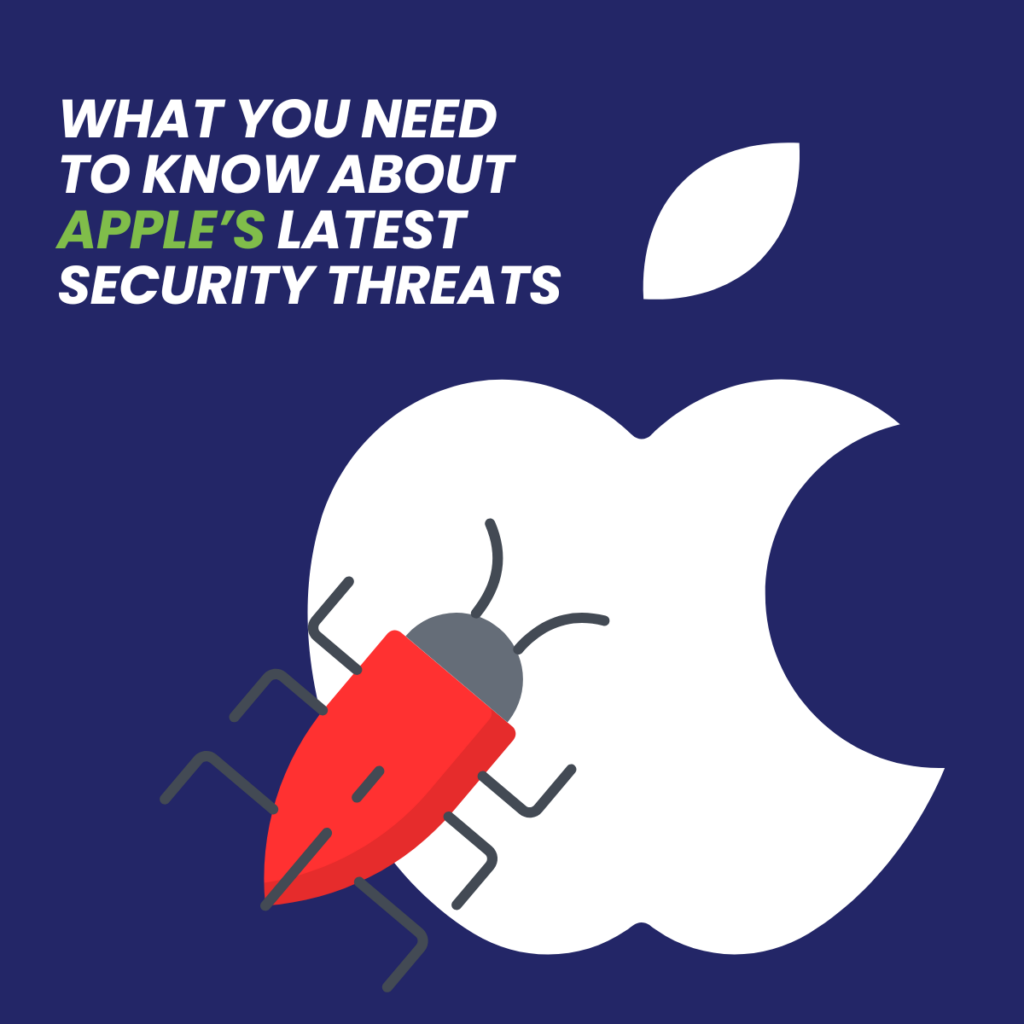In January 2025, Apple addressed a critical security vulnerability identified as CVE-2025-24085, which had been actively exploited in the wild. This “use after free” flaw in the CoreMedia framework affected multiple Apple operating systems, including iOS, iPadOS, macOS, watchOS, tvOS, and visionOS. If left unpatched, this vulnerability could allow a malicious application to elevate its privileges, potentially leading to unauthorized access and control over affected devices.
Beyond CVE-2025-24085, Apple has recently addressed several other security issues:
- ImageIO Vulnerability (CVE-2025-24086): Processing a malicious image could lead to a denial-of-service, causing unexpected application termination.
- Kernel Vulnerabilities (CVE-2025-24107 and CVE-2025-24159): These flaws could allow a malicious app to gain root privileges or execute arbitrary code with kernel privileges, compromising the core security of the operating system.
Implications for Businesses and End Users
Unaddressed vulnerabilities can have significant repercussions:
- Data Breaches: Exploited vulnerabilities can lead to unauthorized access to sensitive business data, including customer information, financial records, and proprietary data.
- Operational Disruptions: Malicious attacks exploiting these flaws can cause system downtimes, disrupting business operations and leading to potential revenue loss.
- Reputational Damage: Data breaches and service disruptions can erode customer trust and damage the business’s reputation.
Recommended Actions for Businesses and Managed Service Providers (MSPs)
To mitigate these risks, consider the following steps:
- Promptly Apply Security Updates: Ensure all Apple devices within the organization are updated to the latest versions—iOS 18.3, iPadOS 18.3, macOS Sequoia 15.3, watchOS 11.3, tvOS 18.3, and visionOS 2.3—which address these vulnerabilities.
- Implement Device Management Policies: Utilize mobile device management (MDM) solutions to enforce security policies, manage device configurations, and monitor compliance across all Apple devices.
- Conduct Regular Security Audits: Regularly assess systems for vulnerabilities and ensure that security measures are up to date.
- Educate Employees: Provide training on recognizing phishing attempts and the importance of installing updates promptly to prevent exploitation.
- Collaborate with MSPs: Work closely with your MSP to ensure they are proactive in monitoring vulnerabilities, applying patches, and providing timely security advisories.
How concerned should I be?
The U.S. Cybersecurity and Infrastructure Security Agency (CISA) has provided updates and guidance regarding the CVE-2025-24085 vulnerability. On January 29, 2025, CISA added CVE-2025-24085 to its Known Exploited Vulnerabilities Catalog, highlighting its active exploitation and significant risk.
CISA’s Binding Operational Directive 22-01 mandates that Federal Civilian Executive Branch agencies remediate such vulnerabilities by the specified due date to protect their networks. While this directive is specific to federal agencies, CISA strongly recommends that all organizations review, and address vulnerabilities listed in the catalog to mitigate potential threats.
What Cybersecurity measure should I put in place to help detect and eliminate threats arising from vulnerabilities like CVE-2025-24085 and other Apple software security flaws?
Here’s what you should consider implementing within your business immediately:
- Endpoint Detection and Response (EDR) Solutions
These solutions detect and respond to threats in real time, providing visibility into suspicious activity across Apple devices.
- Mobile Device Management (MDM) & Zero Trust Security
Ensures that only compliant and secure Apple devices access business resources.
- Next-Gen Firewalls & Intrusion Detection Systems (IDS)
Monitors network traffic for signs of attack attempts exploiting these vulnerabilities.
- Security Information & Event Management (SIEM)
Aggregates and analyzes security data to detect hidden threats… in real time.
- Patch Management & Vulnerability Scanning
Helps detect unpatched Apple systems and prevent exploitation.
- Employee Security Awareness Training
Many attacks start with social engineering (phishing) rather than direct software exploitation.
- Incident Response & Backup Strategy
If vulnerability is exploited, a fast response can limit damage.
Final Thoughts
If these vulnerabilities are not addressed, your business faces risks like data breaches, financial loss, regulatory penalties, and reputational damage. Investing in a layered security approach will ensure your Apple devices remain protected from potential exploits.

